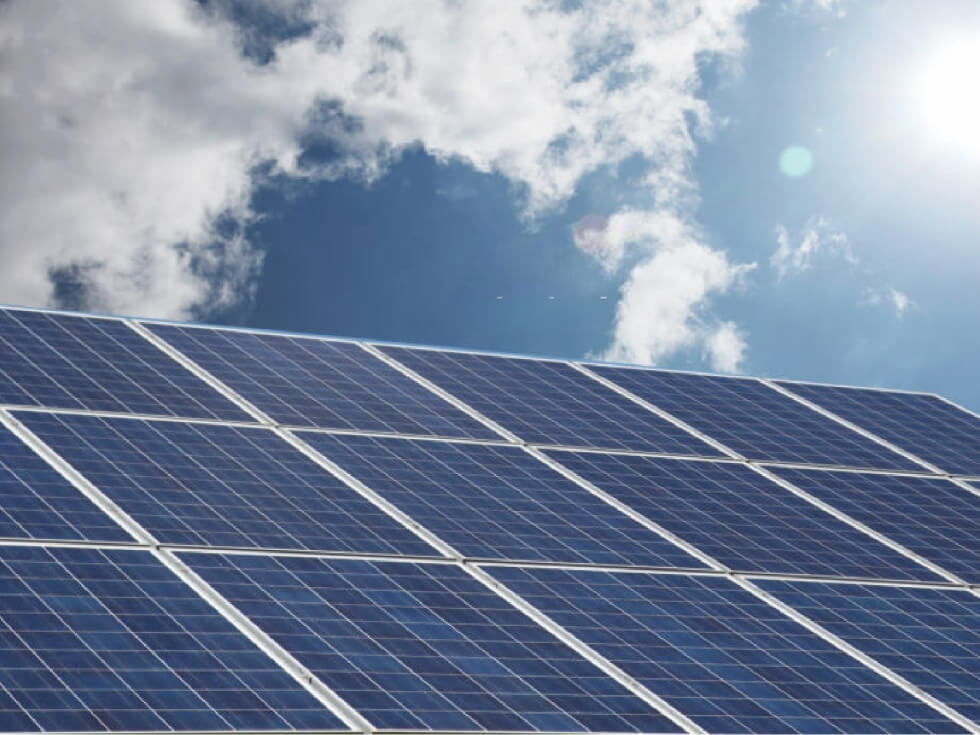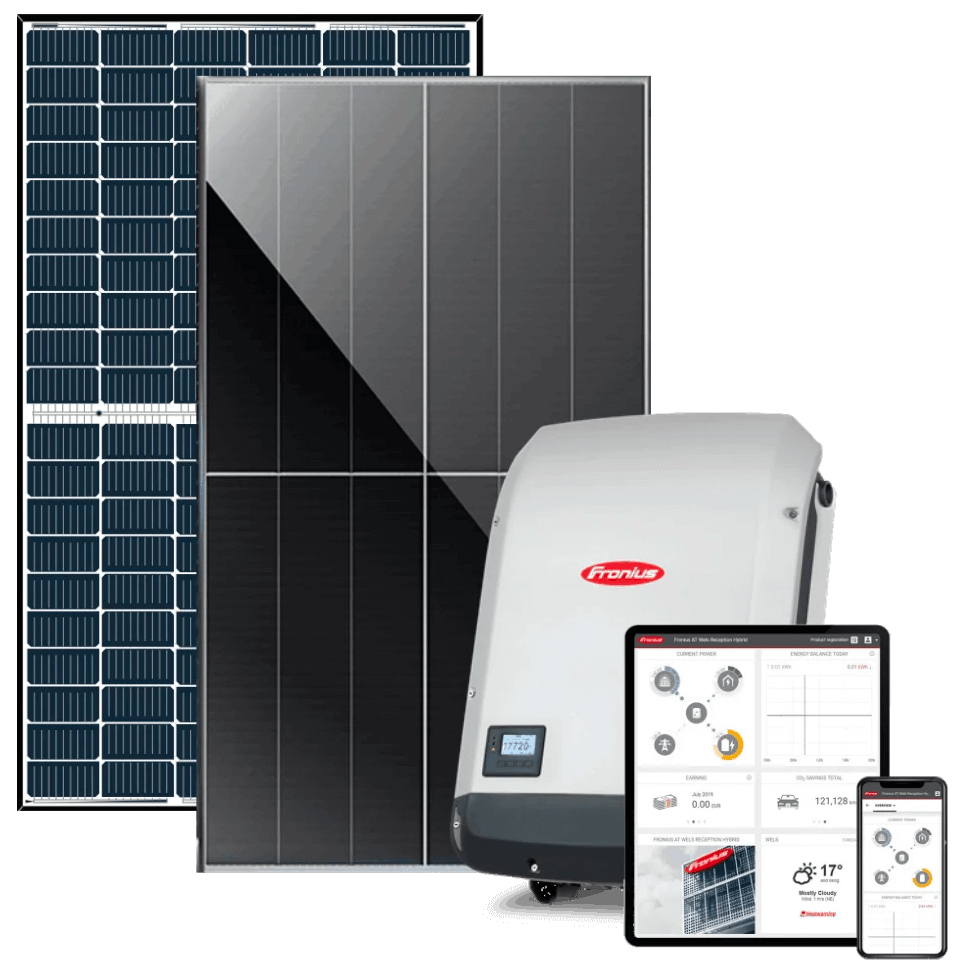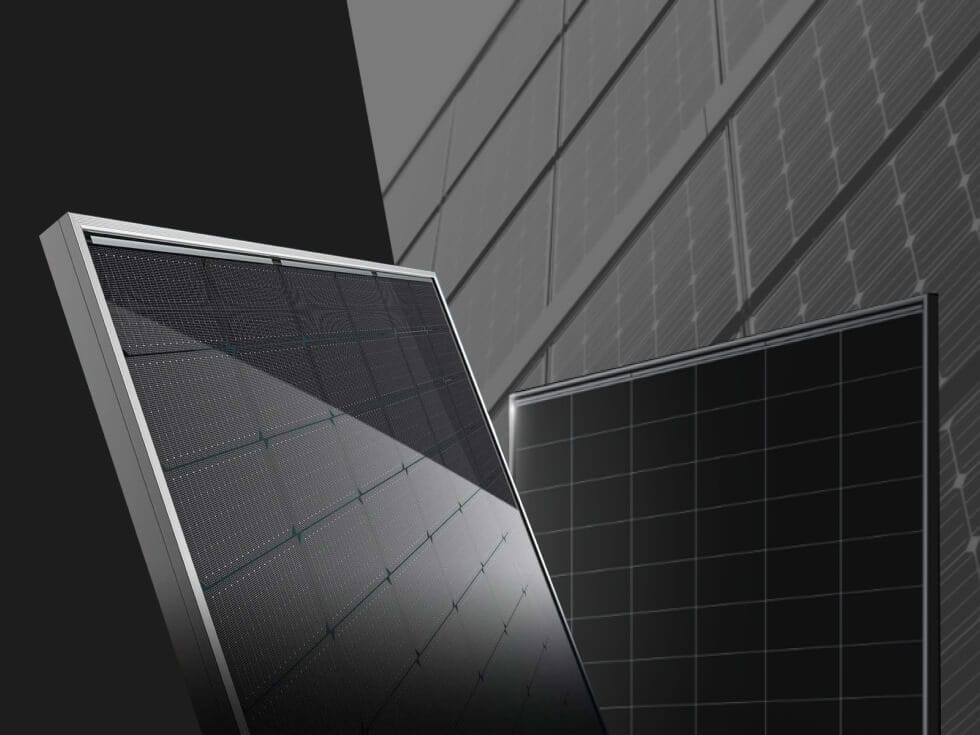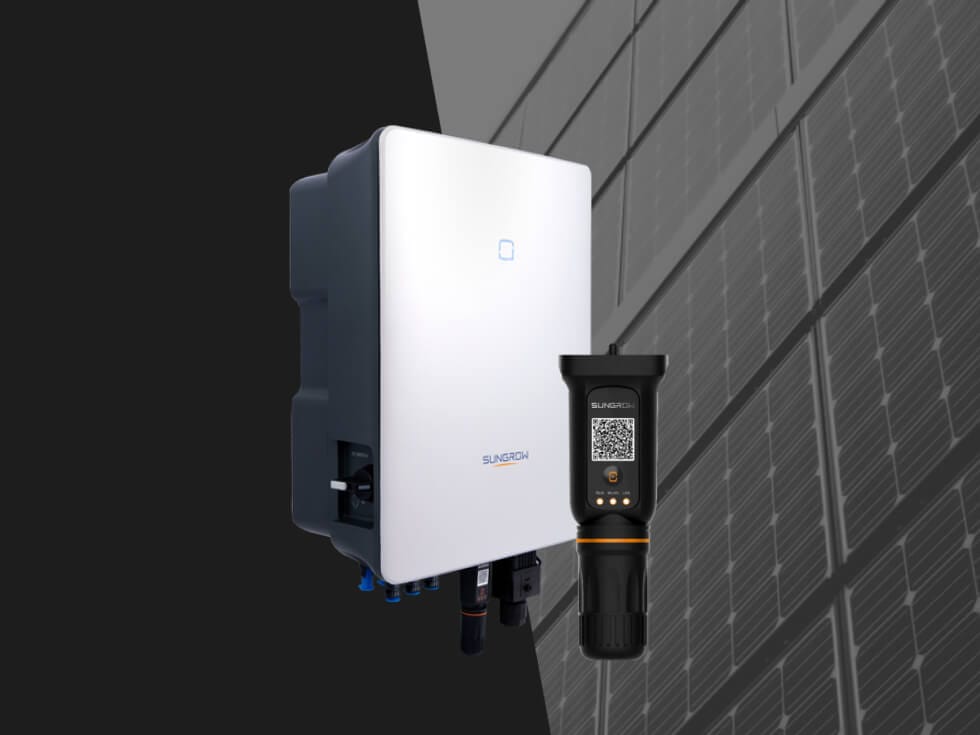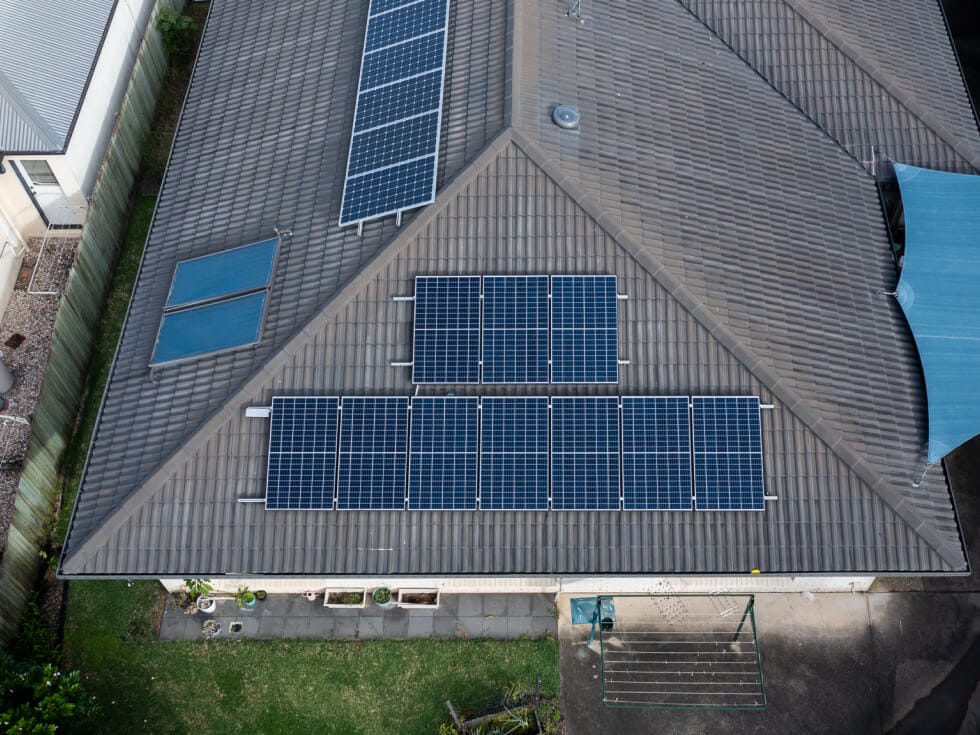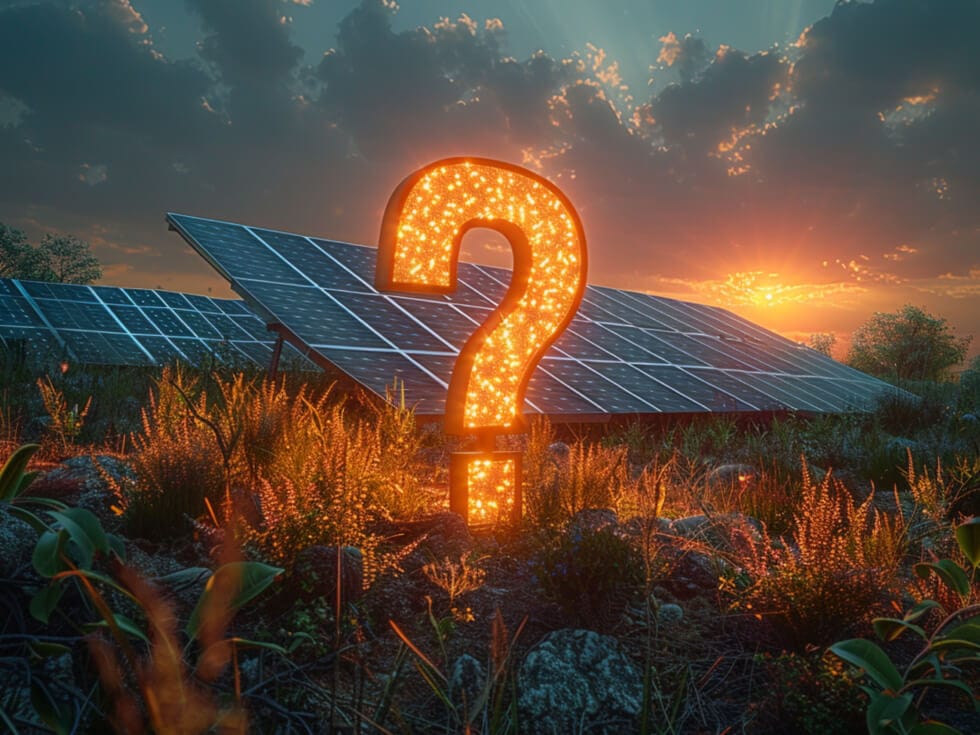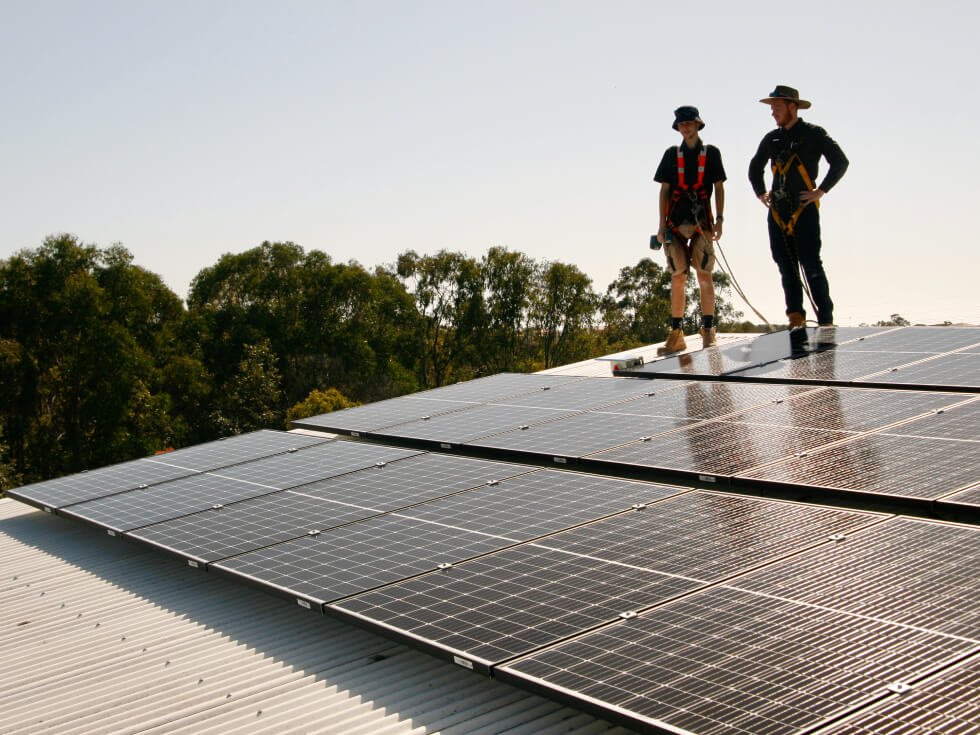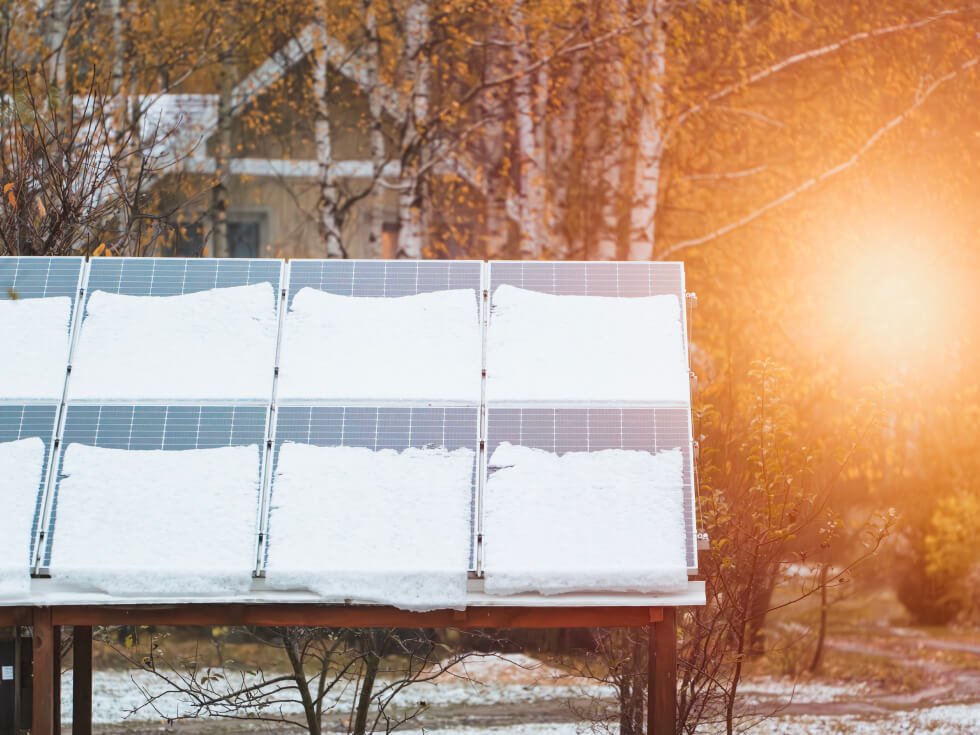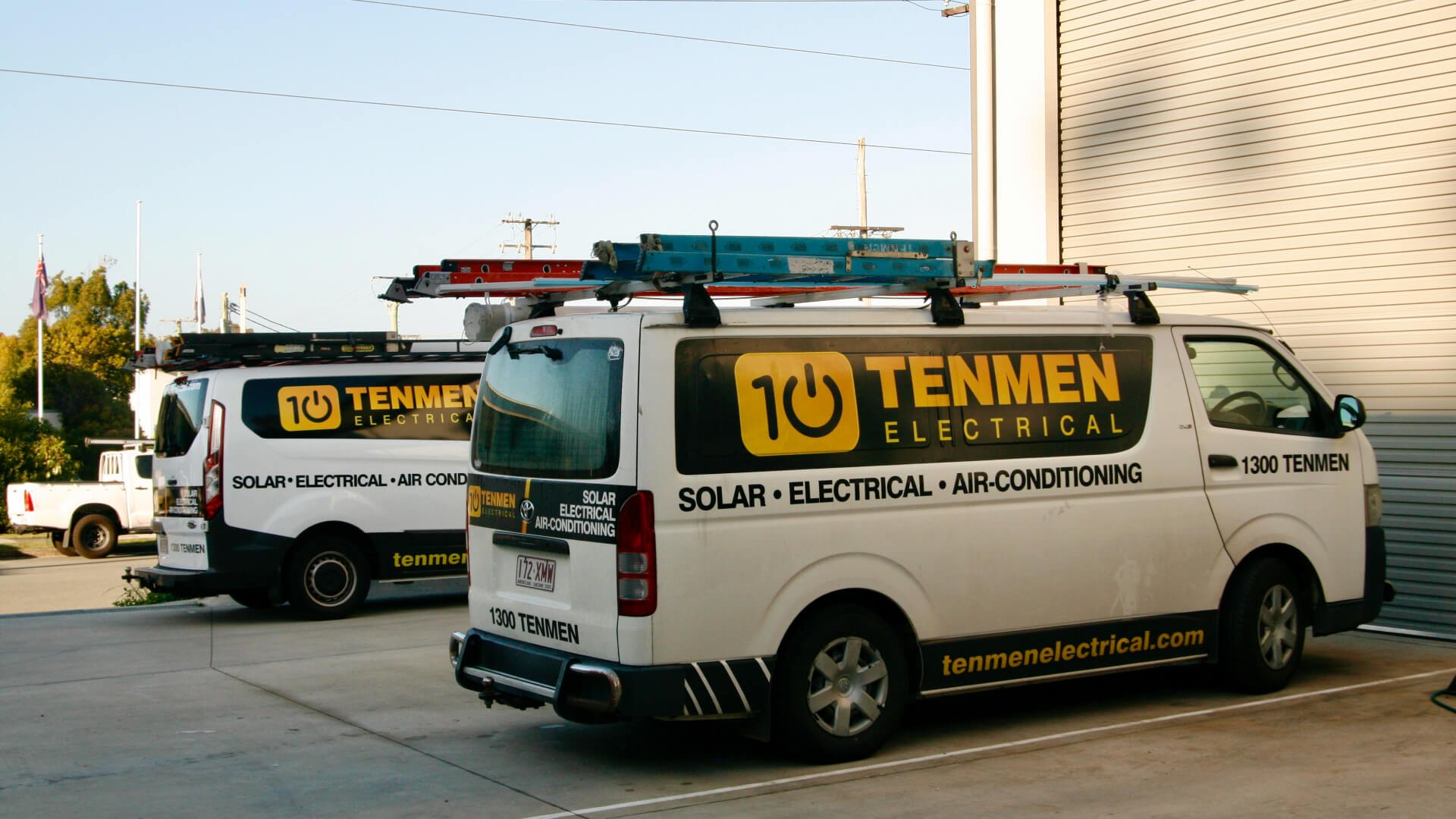“Is solar still worth it?” It’s one of the most common questions we hear from homeowners and business owners across Australia. With rising electricity prices, growing interest in clean energy, and better solar technology, it’s no surprise that so many people are considering solar power. But is it actually still a good investment in 2025?
Let’s break down everything you need to know about solar in 2025 — from cost and savings to rebates, performance, and long-term value.
Are Solar Panels Still Worth It in 2025?
Yes – in most cases, solar power is absolutely worth it in 2025. With Australia enjoying some of the highest solar exposure in the world, even a modest solar system can significantly cut your energy bills.
Over 4 million homes and businesses across the country have already installed solar panels, and the uptake continues to grow. In Queensland alone, more than 50% of homes now have rooftop solar, which shows how widely it’s been adopted.
Whether you live in a major city like Sydney or Melbourne, or somewhere more regional like the Sunshine Coast or Townsville, there’s never been a better time to go solar.
Why Solar Makes Sense in 2025
- High electricity prices: With retail electricity rates often sitting between $0.25 and $0.35 per kWh, producing your own electricity can offer big savings.
- Improved technology: Today’s solar panels are more efficient, longer lasting, and better performing than ever before.
- Affordable installation: Prices have dropped significantly in the last decade, making solar systems more accessible to the average household.
- Financial incentives: Rebates and feed-in tariffs help reduce upfront costs and improve the return on investment.
- Long-term value: Solar systems often last 20+ years, delivering decades of savings once the system is paid off.
How Much Do Solar Panels Cost in Australia in 2025?
Solar prices have stabilised at historically low levels. In 2025, the average cost of a quality 6.6kW residential solar system in Australia ranges between $5,000 and $8,500 after government rebates.
The chart below displays the Price Index by Solar Choice, which measures the cost of solar power systems in dollars per watt ($/W). This metric helps compare system prices relative to their capacity, providing a standardized way to evaluate costs across different system sizes.
Here’s a general guide for system sizes and costs:
| System Size | Estimated Cost (After Rebate) | Ideal For |
|---|---|---|
| 3 kW | $3,000 – $5,000 | Small homes or light usage |
| 5 kW | $4,000 – $6,500 | Average households |
| 6.6 kW | $5,000 – $8,500 | Larger homes or small businesses |
| 10 kW | $8,000 – $12,000 | Large homes or high energy users |
| 30+ kW | $25,000 – $45,000 | Medium to large businesses |
The exact cost depends on factors like the brand and efficiency of the panels and inverter, the complexity of the roof, and whether it includes extras like batteries or monitoring systems.
Why Bigger Isn’t Always Better
It’s tempting to go for the biggest system you can afford, but it’s more important to size the system based on your actual electricity usage. Oversizing can lead to excessive exports to the grid at low feed-in rates, which reduces your return on investment.
A solar installer can help analyse your bill and recommend the best system size for your needs.
What Rebates and Incentives Are Available?
Australia offers one of the most generous incentive schemes in the world to help people go solar.
1. Federal Rebate: Small-scale Technology Certificates (STCs)
The STC program under the Small-scale Renewable Energy Scheme (SRES) reduces the upfront cost of your system. In 2025, this rebate can reduce the price of a typical 6.6kW system by around $2,000.
The number of certificates you receive depends on your location and system size. Installers usually handle the paperwork and apply the rebate as a discount.
2. Feed-in Tariffs (FiTs)
Feed-in tariffs are payments or credits you receive for excess electricity your system sends back to the grid.
In 2025, feed-in tariffs vary widely by location and energy retailer:
| State / Region | Typical FiT Range (2025) |
|---|---|
| Queensland | 5c – 15c per kWh |
| New South Wales | 5c – 15c per kWh |
| Australian Capital Territory | 5c – 12c per kWh |
| Victoria | 4c – 11c per kWh |
| South Australia | 5c – 12c per kWh |
| Western Australia | 3c – 10c per kWh |
| Tasmania | 7c – 10c per kWh |
| Northern Territory | 8c – 10c per kWh |
3. Other State-Based Support
Some states and councils occasionally offer additional solar or battery rebates, low-interest loans, or community solar programs. While Queensland’s battery rebate program has closed, similar initiatives may return.
If you’re a business, you may also benefit from tax deductions and depreciation schemes that reduce the net cost of your solar system.
How Much Can You Save With Solar?
One of the biggest motivations for going solar is saving money. The amount you save depends on:
- How much electricity you use
- Your daily usage pattern
- The size of your system
- Your electricity rates and feed-in tariff
Example:
An average Australian family consuming 9,000 kWh per year pays about $2,000 to $2,500 annually in electricity bills. A 6.6kW solar system generates roughly 9,500 kWh annually, which can:
- Offset nearly all usage
- Reduce bills to under $500/year
- Deliver annual savings of $1,500 – $2,000
Over 20 years, that’s a potential saving of $30,000+.
Business Solar Savings
For businesses, savings can be even greater:
- A business with a $2,000/month power bill could cut costs by $1,200/month with solar
- That’s $14,400/year in savings
- ROI typically achieved within 3–5 years
What’s the Payback Period for Solar?
The payback period is how long it takes to recover your initial investment through electricity savings.
| Location | Estimated Payback Period |
|---|---|
| QLD | 3.5 – 5 years |
| NSW / VIC | 4 – 6 years |
| SA / WA / NT | 4 – 6.5 years |
These are averages. In real-life scenarios, homeowners who shift most of their electricity use to the daytime or install systems in optimal conditions can achieve even faster payback. For example:
- A high-usage household running pool pumps and air conditioning during the day may break even in just over 3 years.
- A business that consumes electricity throughout working hours could see payback in as little as 2.5 years.
The key drivers that shorten the payback period include:
- High self-consumption (using most of the solar energy as it’s generated)
- Rising electricity prices (making savings more valuable over time)
- Choosing a system that matches your needs (avoiding under- or oversizing)
After you’ve hit your break-even point, every dollar saved is pure profit. Considering solar panels last over 20 years, that’s two decades of cost-free energy.
Do Solar Panels Require Much Maintenance?
Not at all. Solar panels are known for their durability and low-maintenance design. Once installed, they typically run with minimal intervention.
Basic Maintenance Tasks:
- Cleaning: While most Australian rooftops get enough rain to keep panels relatively clean, it’s still worth inspecting and cleaning panels once or twice a year—especially in dusty, coastal, or rural areas. Dirty panels can reduce system output by 5–15%.
- Visual Inspections: Look out for any signs of damage or shading from growing trees, debris buildup, or birds nesting nearby.
- Performance Monitoring: Most modern systems come with online monitoring apps. These let you track daily and monthly output. A noticeable dip might signal an issue worth checking out.
- Inverter Check-ups: The inverter is the most complex component. While they’re built to last 10–15 years, occasional inspections will help spot potential problems before they escalate.
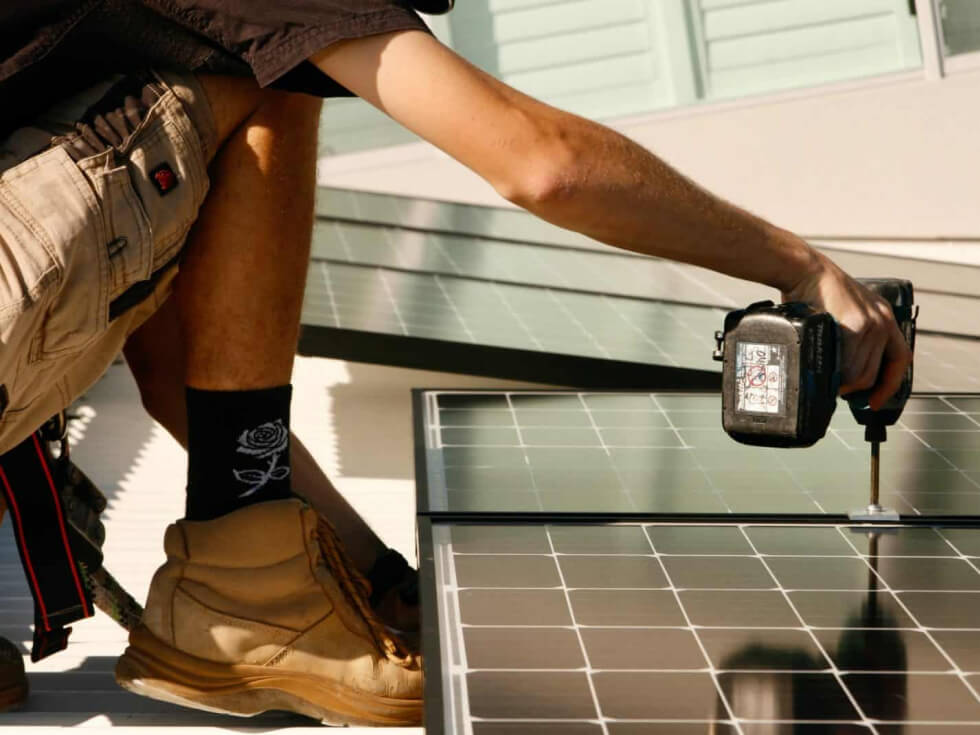
What About Warranties?
Quality solar products are backed by long-term warranties:
- Panels: 25-year performance guarantee (typically ensures at least 80–85% output at year 25)
- Inverters: 5 to 15 years, depending on the brand
- Installation: Many reputable installers offer 1–5 years workmanship warranty
By choosing a reliable installer, monitoring your system’s performance and scheduling regular servicing, you’ll likely enjoy hassle-free operation for decades.
Can Solar Power Make You Energy Independent?
During daylight hours, a properly sized solar system can power your home or business completely from the sun. However, without a battery, you’ll still need grid electricity at night or during periods of low solar production (like cloudy days).
Adding a battery increases energy independence significantly. Batteries store excess solar energy produced during the day, which can be used at night or during blackouts.
Solar + Battery Benefits:
- Lower reliance on the grid
- Emergency backup power
- Greater bill savings
- Protection from outages
- Energy security in rural or off-grid locations
While batteries still carry a higher upfront cost, they are becoming more affordable, and new government incentives may emerge in future years. If your primary goal is energy independence or blackout protection, solar-plus-storage is worth a serious look.
Is Solar Worth It for Businesses?
Yes, and often even more so than for homes.
Business Advantages:
- Use more power during the day when solar is active
- Higher energy consumption = more savings
- GST and tax incentives reduce effective costs
- Quick ROI and long-term operational savings
- Enhances sustainability credentials and brand image
Businesses also benefit from being able to write off the cost of solar as a capital expense, and in some cases claim instant asset write-offs. This can make solar a financially savvy decision from day one.
Example:
A Sunshine Coast cafe with high daytime usage could install a 10kW system for around $12,000. If it saves $5,000/year, that’s a 2.4-year payback, with thousands saved every year after.
Plus, with growing pressure for environmental responsibility and corporate sustainability reporting, solar also plays a role in brand positioning and public image.
Tips to Maximise Your Solar Investment
To get the best return on your investment, keep these tips in mind:
- Time your usage: Run energy-intensive appliances (washing machines, dryers, dishwashers, pool pumps) during the middle of the day when your system is generating the most power.
- Monitor performance regularly: Use your solar monitoring app to check for underperformance or unusual dips in output. Early detection can prevent long-term loss in savings.
- Choose quality products: Avoid the temptation to choose the cheapest quote. Look for solar panels from reliable brands and well-reviewed inverters with strong warranties.
- Avoid oversized systems: A properly sized system that matches your usage habits will deliver better ROI than one that exports most of its energy at low FiT rates.
- Trim shading and trees: Even partial shading can significantly impact your panel performance. Keep surrounding foliage trimmed.
- Check feed-in tariffs annually: Retailers change their FiTs and plans often. Switching providers can mean a noticeable boost in your export earnings.
- Future-proof your system: If you plan on getting an EV, home battery, or adding an extension, let your installer know. Designing a scalable system today can save you upgrades later.
Final Thoughts: Is Solar Power Worth It in 2025?
All things considered, solar power remains one of the smartest and most impactful investments for both homes and businesses in 2025.
Let’s recap why:
- Significant cost savings: Cut your power bill by 60–90% depending on system size and usage habits
- Fast payback: Most homeowners break even within 4–6 years — even sooner in sunny regions or for high-usage households
- Long lifespan: Solar panels last 20+ years with minimal maintenance
- Incentives are still available: Federal rebates and feed-in tariffs help reduce costs
- Eco-friendly: Reduce your carbon footprint and support Australia’s renewable energy targets
- Energy security: With the right setup, you can become less reliant on the grid, or even self-sufficient
Whether you’re on the Sunshine Coast, Brisbane, Sydney, Melbourne, Perth, or a remote regional area, solar just makes sense. Australia has the perfect conditions for solar, and the financial case is hard to ignore.
Don’t wait too long — the federal STC rebate reduces slightly each year until it phases out in 2030. Lock in your savings and sunshine now. 2025 is a fantastic year to invest in solar and start reaping the benefits for decades to come.
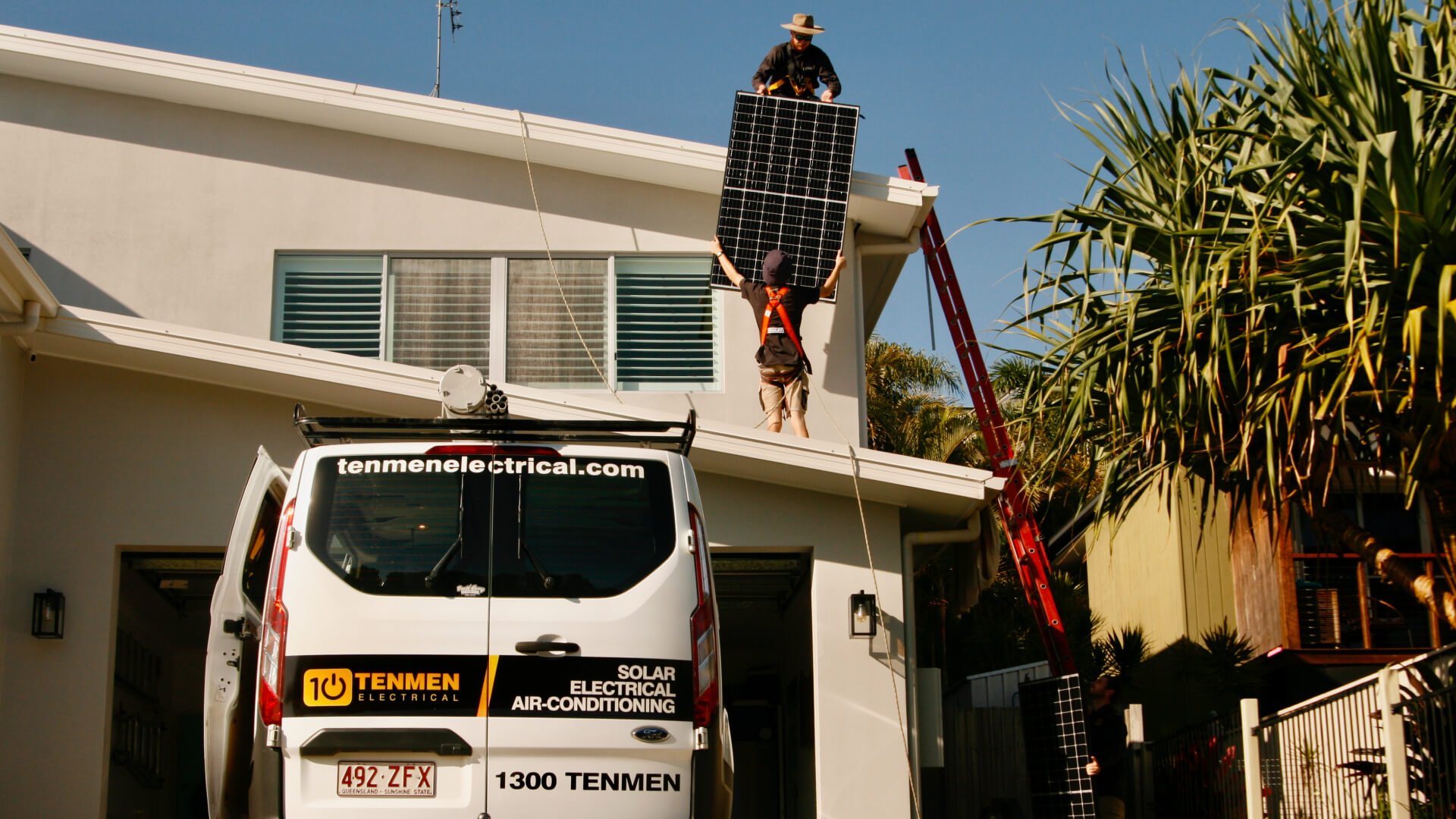
Live on the Sunshine Coast? Let Tenmen Electrical Help
If you’re located on the Sunshine Coast and ready to make the switch to solar, Tenmen Electrical is here to help. As a local team with years of experience, we understand the unique energy needs of homes and businesses in the region.
Whether you want to lower your energy bills, gain more independence from the grid, or simply do your part for the environment, we’ll tailor a solution that suits your goals and budget. Contact Tenmen today for a free quote and friendly, expert advice on making solar work for you.

